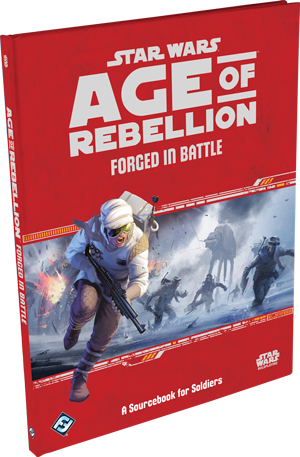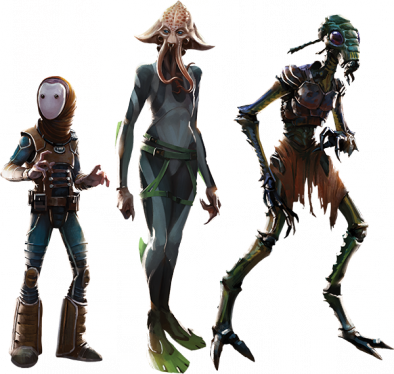

Individuals who want to change their warband must also change their surname and try to fit in quickly if they are to survive. Though some charr leave, change or lose their warband, the strong bonds formed within it usually leave a deep impact on a charr. To charr, the bonds of loyalty and connection that are formed among them during combat and duty rival those of other races' families. While ancestry is known and acknowledged, parents have little to do with the actual raising of a cub, and as such, the warband is viewed as a charr's family. Ĭubs are taught to unify and define their own social structure, and each warband shares a root name, which is adopted by its members as part of their surnames. They are considered an adult themselves once their warband no longer needs supervision by others.

There they form their first warband, and are trained as military units under the supervision of an adult. As soon as a cub is weaned, at around a year of age, they enter the fahrar of one of their parents' legion. Biological family will sometimes respond to a charr's dishonorable or contemptible action, which might reflect poorly on the entire family and its reputation. Biological relationships are recognized, but adult charr traditionally have very little contact with their parents or siblings, though in recent years this has been silently changing. Ĭharr on occasion mate for life, but most relationships are more casual and temporary. The weak and the foolhardy are viewed with particular contempt, and such behavior can result in becoming a gladium, or in the worst case, one's name being stricken from the race's history. But regardless of a charr's vocation, they are always viewed as a soldier first, and view life accordingly. Non-military tasks, such as farming and trade, can be left to the young, retired, and injured. Society is built around military units, of which charr become a part of from early childhood. The charr are primarily a military culture, and their society, technology, and relationships are very much focused on supporting war. The cubs mature at about the same rate as humans. They eat meat within a month of birth, and are fully independent several months later. Within a few days, cubs can follow their mothers over even the harshest terrain. They have a set of sharp claws, which can be used as knives for general tasks, but it appears they tend to rely more on weapons when fighting.Ĭharr cubs are born fully furred, with open eyes and functional limbs. Like ordinary cats, charr have six flat mammary glands hidden underneath their fur. However, they have difficulty hearing mid-frequency sounds such as those used in human speech, which can aggravate already tense charr-human relations. The top pair of ears hears high frequencies or ultrasound such as a dog might, while the bottom pair hear low frequencies or infrasound similar to an elephant. Their heads have four horns those from the top of the head are more prominent than those between the two sets of ears. Male charr have larger teeth on their bottom jaws, while females usually have considerably smaller teeth. Their muzzle is elongated, and their mouths are filled with prominent sharp teeth suited for their carnivorous diet. A male charr has less fur on the tail with longer fur only on the tip, while the female's tail has longer fur from top to bottom.

Many charr have a longer mane of fur between the shoulders and on the back of the head and neck. Their fur patterns are also like that of leopards, snow leopards, and even some fur types of common housecats. They have a short fur from head to toe in a variety of colors and patterns, many of which are similar to those of lions, cheetahs and tigers. They are known to have black-colored blood.

While the males are described as being generally stronger and the females more lithe and quick, this lore difference between sexes is not as evident in the game. When they are moving, and their paws are vacant, the charr favor in running on all four limbs with a loping gait. They prefer a hunched pose when standing, but will on occasion stand tall and straight. They stand on their hind legs and are taller than a human by half of an average human's height, but do not have the massive bulk of the norn. The charr are carnivorous feline-like humanoids.


 0 kommentar(er)
0 kommentar(er)
